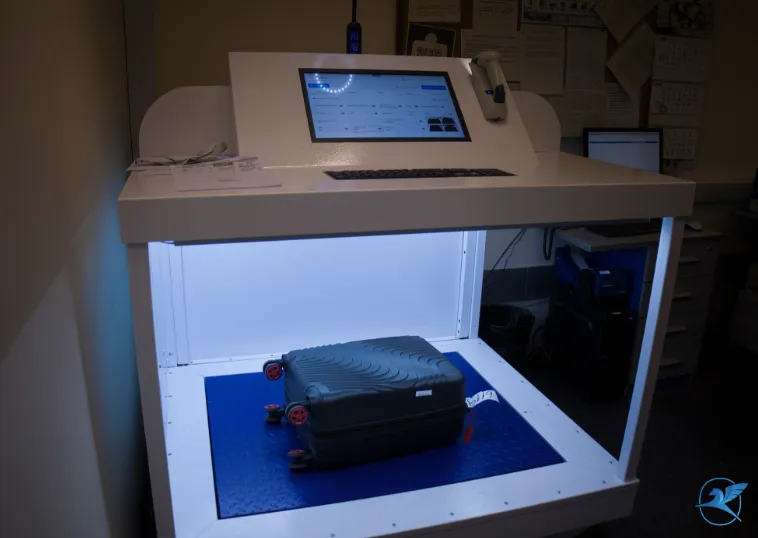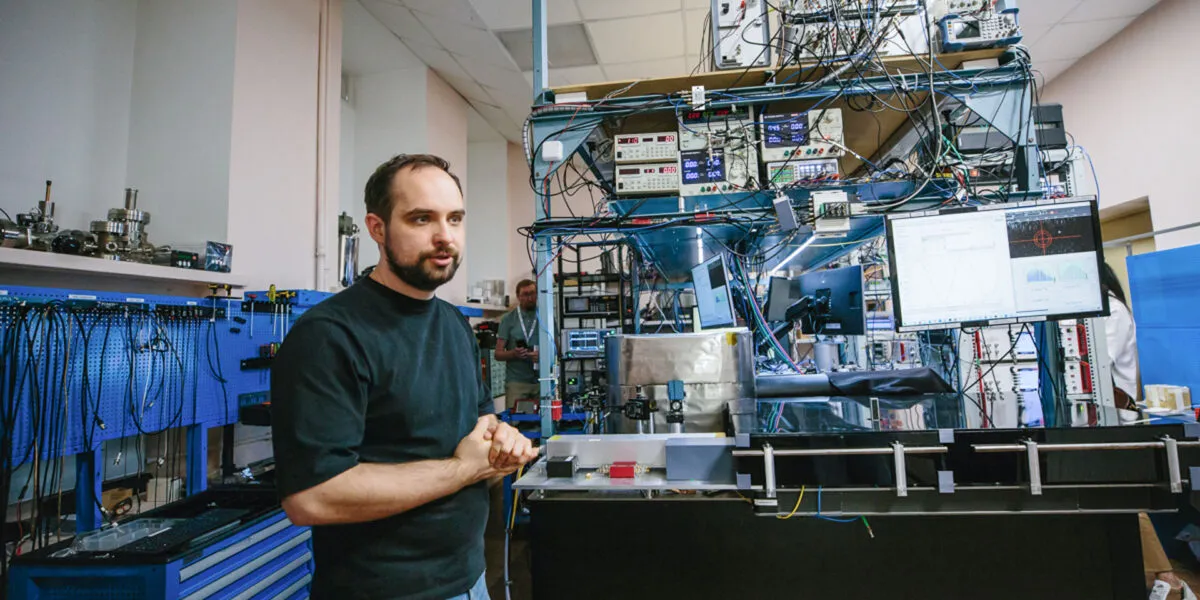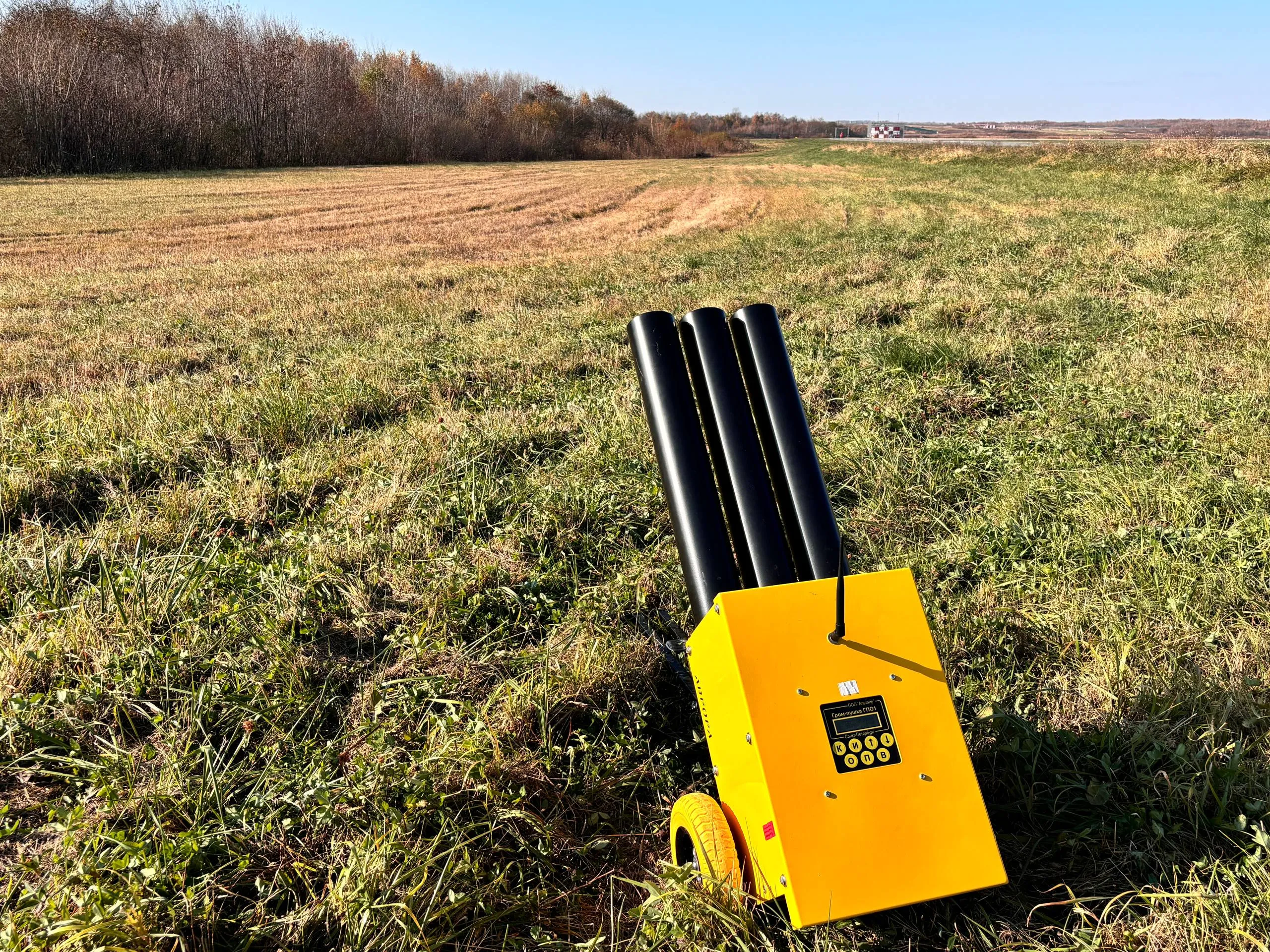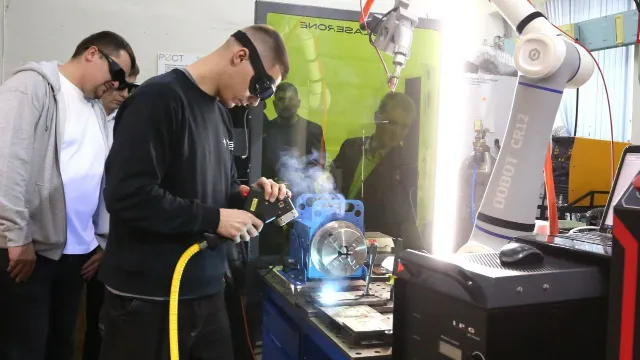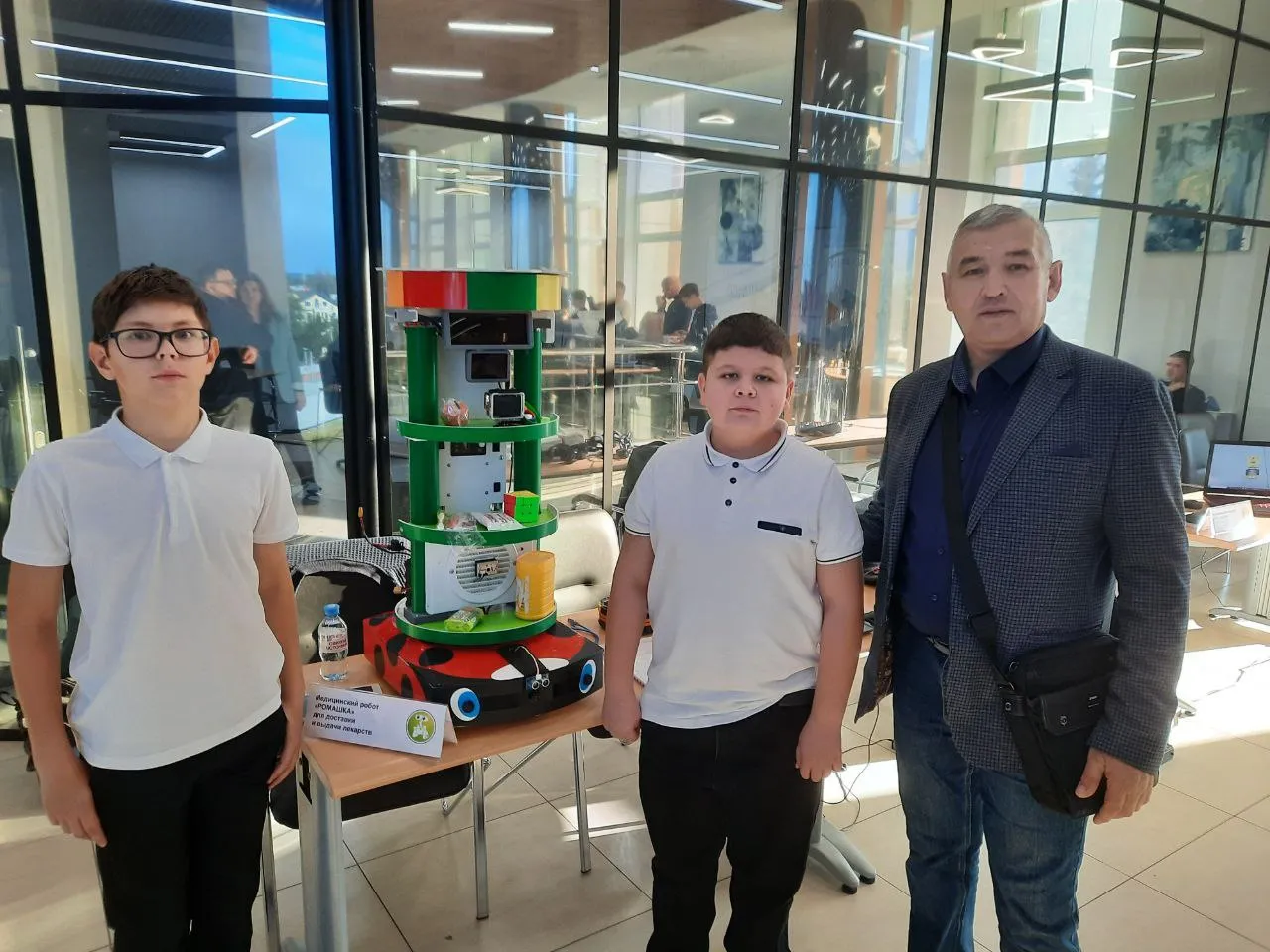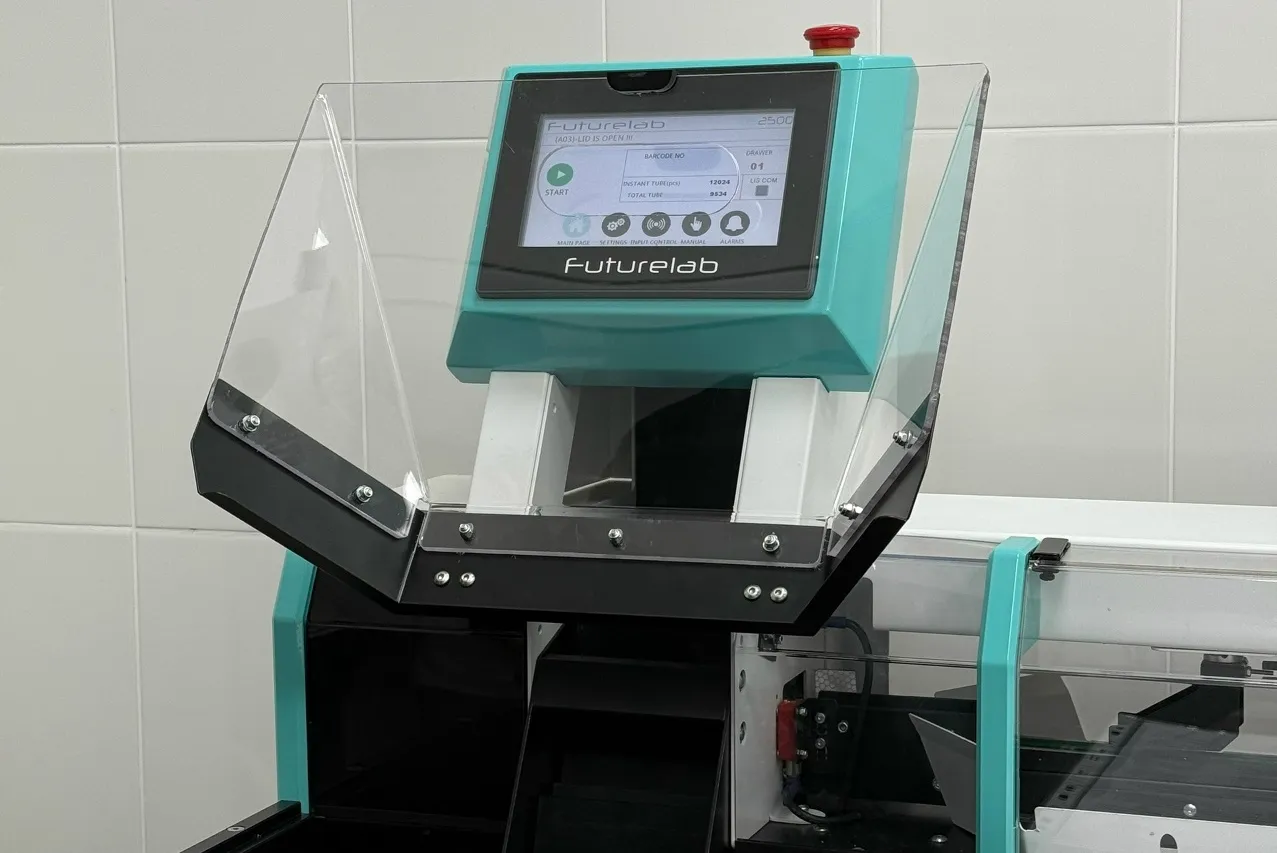Russian Scientists Develop AI Method for Perfect Color Reproduction
A new neural architecture, inspired by a Soviet-era mathematical theorem, outperforms traditional color correction systems used by major camera and smartphone makers.
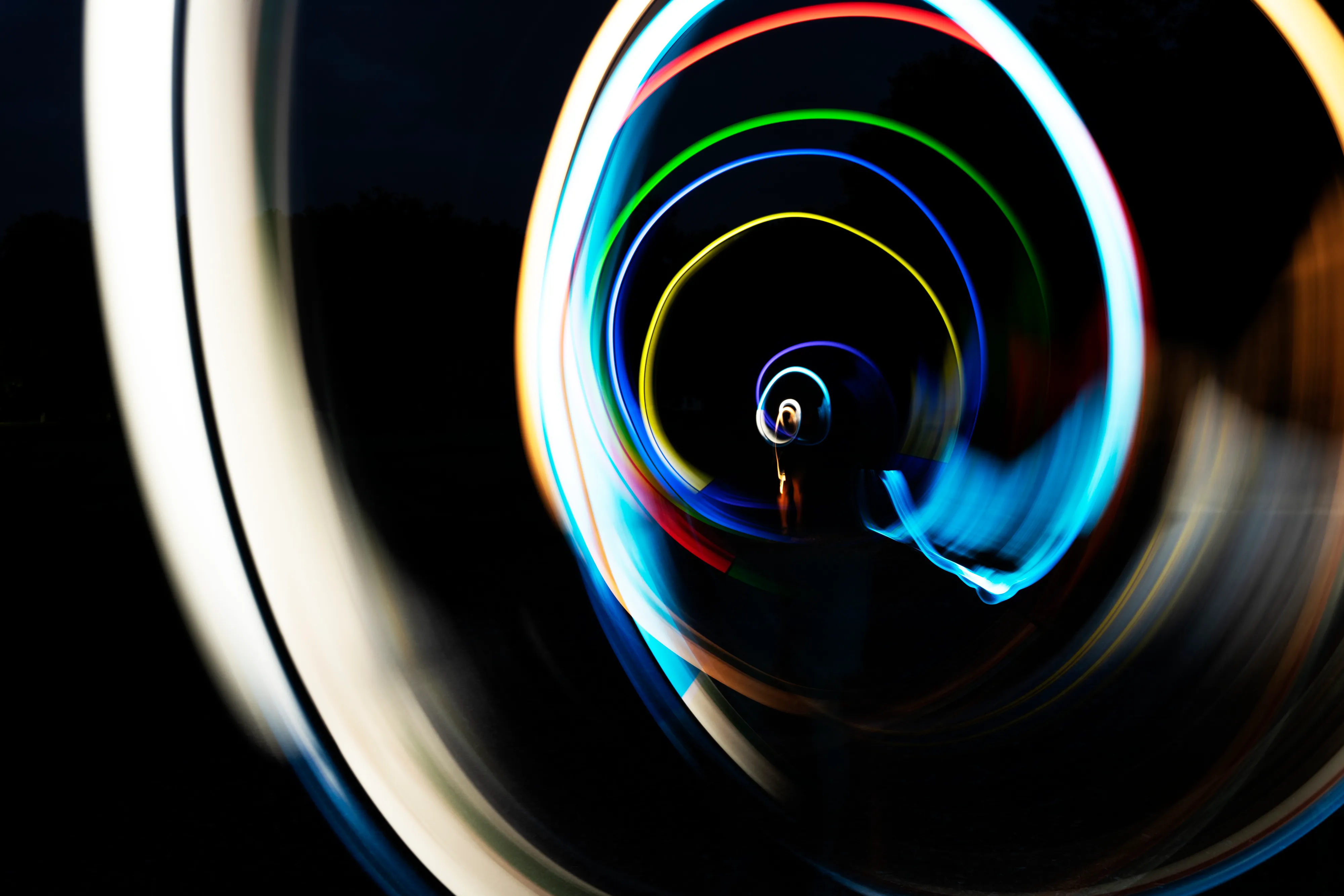
Researchers at Samara University have introduced a breakthrough in color processing—a system that delivers the most accurate color reproduction ever achieved using artificial intelligence. Developed in collaboration with scientists from Moscow, Germany, and Canada, the method is based on a new class of neural networks called Kolmogorov–Arnold Networks (KAN).
The approach, named cmKAN, was unveiled at the IEEE International Conference on Computer Vision in October 2025. The technology builds on the Kolmogorov–Arnold representation theorem, a mathematical concept first formulated in the Soviet Union, and reimagines it as a next-generation AI architecture. KANs have emerged as a potential alternative to traditional multilayer perceptrons (MLPs)—the standard models used in computer vision and large language systems.
Bridging Classic Algorithms and Neural Intelligence
In tests across multiple image-processing tasks, cmKAN demonstrated an average 37.3% improvement in accuracy over industry-standard algorithms currently used by leading camera and smartphone manufacturers.
The innovation could enable the next generation of digital cameras and imaging systems to reproduce colors with near-perfect realism—eliminating the need for manual correction and setting a new benchmark for visual fidelity in consumer and professional imaging.









